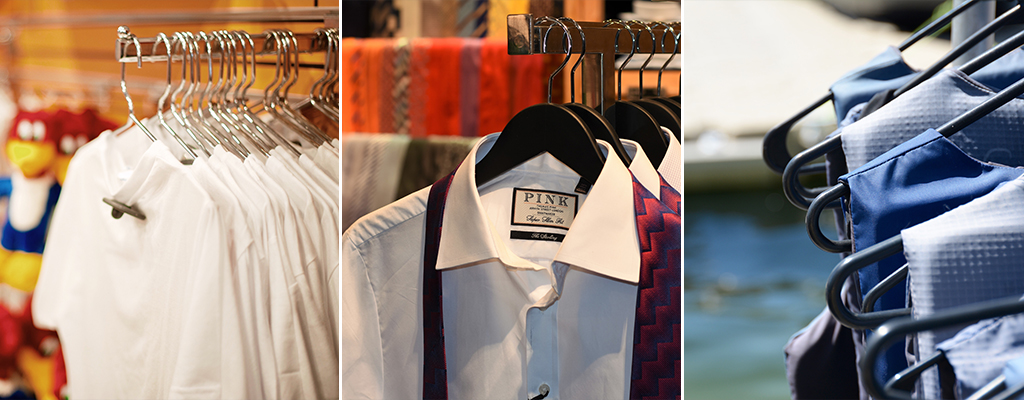
An Evolving Lifestyle
by Mr. T. Manivannan, Executive Vice President-Operations.
In the last few years, the fashion and lifestyle supply chain has been the topic of discussion around the world more than ever. This is primarily because companies are undergoing an aggressive acceleration of processes to keep up with the challenges as the market evolves. At the core of the activities designed to reduce losses and increase profits, fashion and lifestyle industries are drafting plans to accommodate the accelerated trend cycle, a need for high quality, transparency and faster deliveries. Another major challenge in the industry is projected to be the digitization of supply chain processes. Experts in the industry predict the coming year to see a massive adoption of artificial intelligence and related technologies in one way or another.
Fashion and lifestyle companies are improving their processes as and how the demands of the consumers are evolving. In the interest of consumer centricity, innovations like interactive purchase interfaces and smart fitting rooms are being added in the shopping experience. The implementation of shopping portals clubbed with social media has brought upon many changes in the consumers’ purchase behaviour. One of these changes is the need for fast order processing and immediacy in delivery. Shoppers today are now known to adopt new fashion trends almost as soon as they are introduced in the market. Fashion and lifestyle companies are responding to this change in demand by introducing the Look, Check and Buy strategy. Many brands- big and small, are adjusting strategies to suit the social shopping experience and cater to the new consumer while upgrading their supply chain to match. In a system such as this, it becomes vital to identify the consumer ahead of time. This involves keeping a watchful eye on the response trends that follow each campaign. How each campaign is received and responded to, the consumer behaviour, the geographical demand trends and future projection numbers come together to determine the product needs to effectively reduce losses and optimize resources.
However, to make it all possible, there are intricate back-end processes that are put in place which the consumer is completely abstracted from. Automation, for instance, is one such technology that enables a company to enjoy flexibility in reaction time. ProConnect has installed Gravity Conveyor Systems and promotes use of Hand-Held Terminals to improve speed and clock very high throughput levels accurately. Storage too is designed to ensure faster pick especially during start of new season and first fills.
There may be a scenario where there is a spike in demand for a certain group of products, or a sizing issue that requires immediate replacement. At times like these in the interest of mitigating possible losses, the faster the production department receives the information, the better. ERP softwares saw their first use in the fashion and lifestyle industry in the yearly 90s. As the years progressed, ERPs became more and more intricate to accommodate the needs of each department within companies. This is another example of detailed procedures involved in the back-end that immensely aid the service to consumers. Additionally, the increasing complexity of data is resulting in the increased reliance on cloud data storage. Data is key in monitoring and boosting sales and more and more of it is filling up the web with fashion and lifestyle industries becoming de-centralized and spreading in to the international market at a rapid pace. Cloud information storage and access systems are the only way to save and retrieve all the sensitive information in a timely manner. ProConnect uses SAP modules and replenishment too happens automatically through SAP, based on the minimum re-ordering Level set by clients.
In this fast-paced era which demands greater flexibility, the incorporation of AI technologies would be a perfect fit, considering the increasing complexity of data and the evolving nature of the consumer.